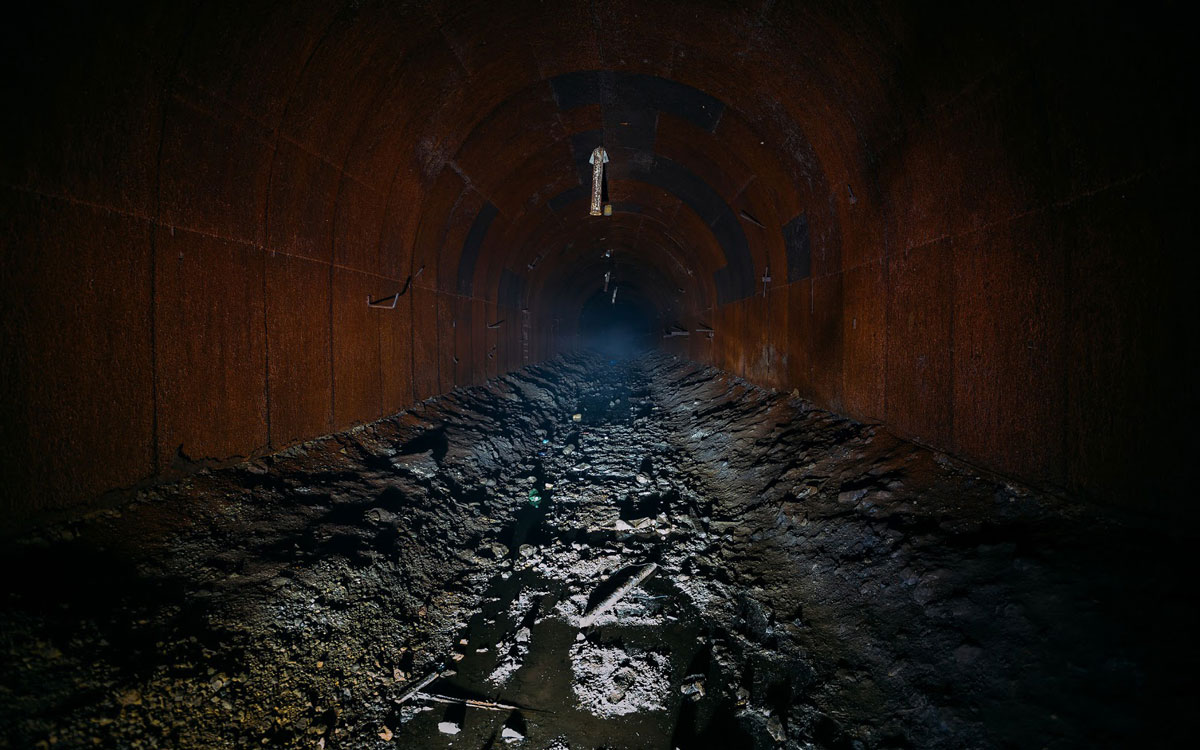Top 5 facts about sewer systems that will blow your mind!
For the majority of us, you may never really hear about sewer systems very often. You probably hear the odd horror story or see them featured in films, but how much do we really know about them?
Sewage systems, as we know, prevent the spread of water-borne diseases, something that wasn’t available up until a certain time in the UK. For example, London had a very serious issue on their hands up until 1866 when the sewers were built. 5 years before “The Great Stink” of 1858, more than 10,000 Londoners lost their lives to cholera.
It is very hard to imagine life without sewers. So in this blog, we will be breaking down the top 5 facts about sewer systems that you just won’t believe...

Fact 1: Sewer fatberg
Recently in 2019, a bus-sized fatberg was removed from the London sewers. This was built up from a mass amount of fat, oil, grease, wet wipes and other items that should not be flushed down the toilet. This weighed 40 tonnes, yes, 40 tonnes!
Thames Water engineers pulled some of this out by hand. Matt Rimmer who is the head of Thames Water waste networks had said: “This was a massive and disgusting blockage that took a great deal of effort and teamwork to clear and get the sewer working well again.”
To try to prevent these cases from occurring, Thames Water visits restaurants around the area to ensure workers are compliant with not pouring grease and fat down drains. They also make sure that fat traps are installed within their premises to help filter the substances out of the water before it drains away.
Fatbergs occur globally, causing havoc for sewer systems.
Fact 2: The world’s biggest wastewater treatment plant
Treating over 330 million gallons of wastewater every day, the Blue Plains Wastewater Treatment Facility in Washington DC, USA is the largest in the world. That’s a lot of sewage!
This treatment plant processes all of this wastewater by producing nitrogen which can degrade water quality. They then discharge this directly into the Potomac River estuary. Due to this, they have to meet some of the most stringent nitrogen standards in the United States.
Fact 3: A Mini Cooper was found in the London sewers
Yes, you heard that right, well... half of one to be exact! In 2014, during a widespread clearout of the London sewer systems, one of the lines was clogged by half a Mini Cooper.
When it was removed, Thames Water stated that it was in terrible condition, claiming it could be decades old.
How did it end up there? Nobody seems to know!
Fact 4: Inventor of the flushing toilet
In 1586, Sir John Harington invented the first modern flush toilet in England, although, when the idea arose, many thought it was a ridiculous idea. However, flush toilets can be traced back 5,000 years ago to ancient civilizations like the Romans!
It took many years for this invention to become popular, however, right up until the 1880s when Thomas Crapper updated the system.
Fact 5: Internet connection
If you have fibre-optic broadband installed at home, then chances are it may be running through the sewers.
Internet providers will often use this existing network as it avoids unnecessary and disruptive building work.
So the next time you think about your internet connection, you may remember that this could be reaching you through a sewage system!
Bates Environmental Ltd is the leading independent sewage treatment specialist in Lincolnshire, Cambridgeshire, Rutland, Nottinghamshire, Leicestershire and parts of Northamptonshire. We aim to deliver the highest professional service using our expertise in the design, supply, installation, servicing and repair of all makes of sewage treatment plants, drainage and septic tank systems. If you require any drain unblocking service, then please get in touch with us here at Bates Environmental.
